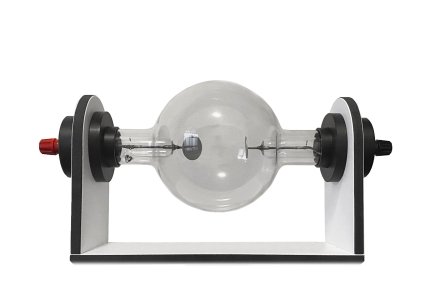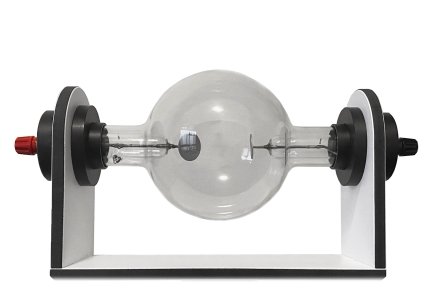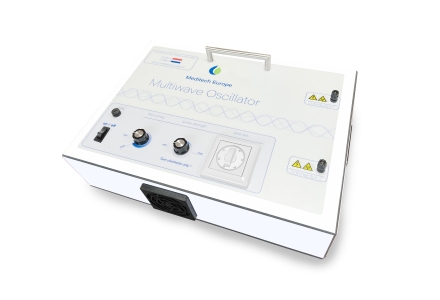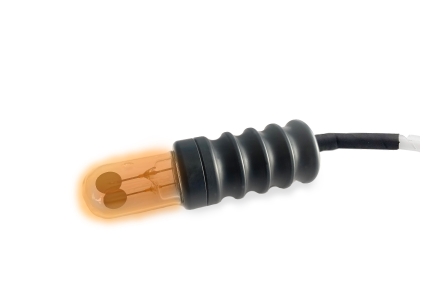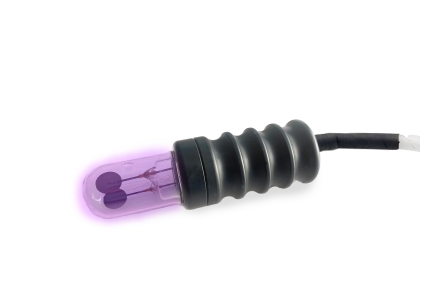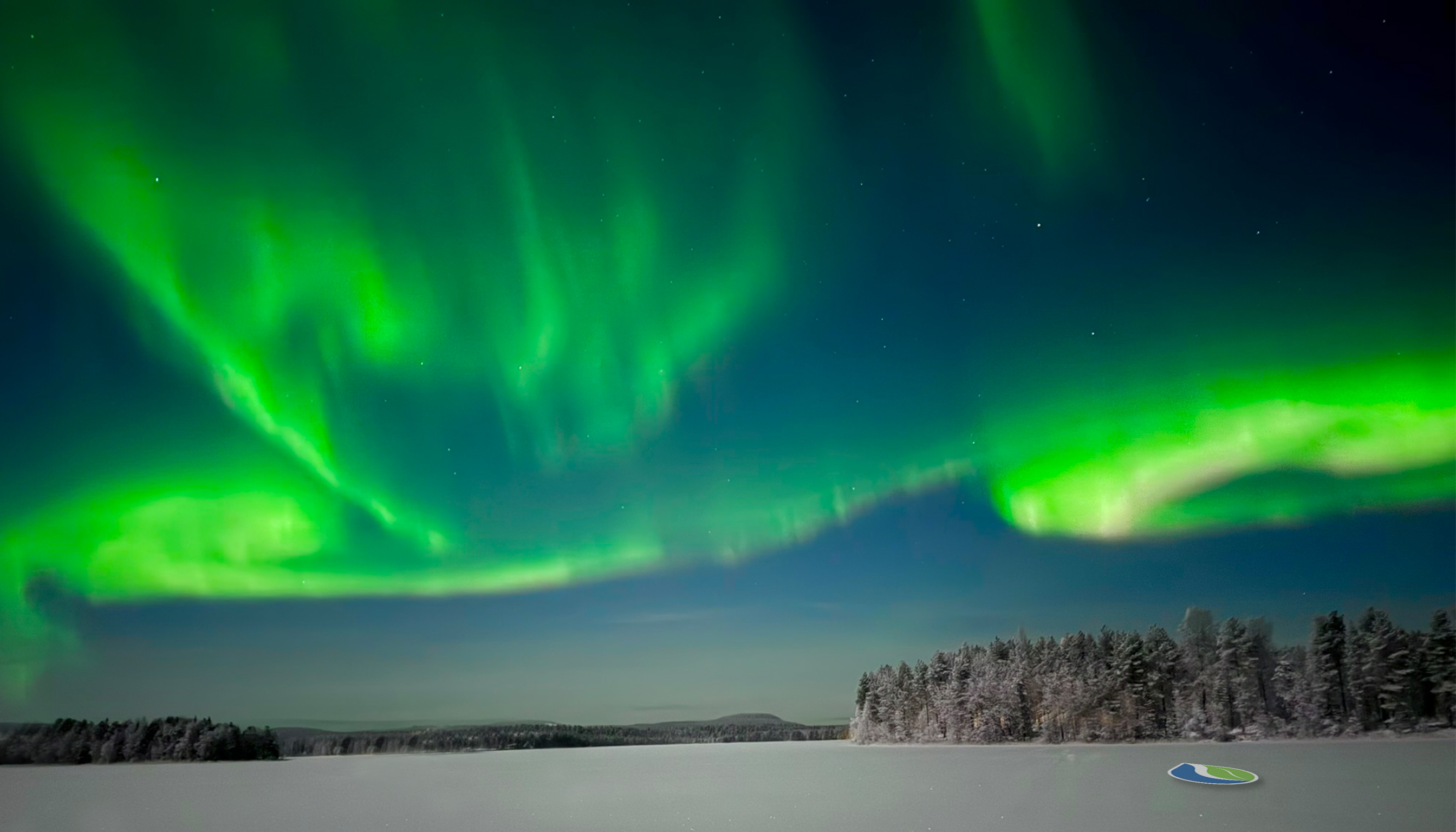
Imagine this: you are standing under a dark sky, far away from city lights, and suddenly a dance of colors appears on the horizon. Green veils, interspersed with shades of pink, purple, and sometimes even red, gracefully move through the air. This magical phenomenon is known as the Northern Lights, or Aurora Borealis. It is a natural spectacle that has fascinated people for centuries, evoking a sense of awe for the forces of the universe.
The Northern Lights occur when charged particles from the sun enter Earth’s atmosphere. These particles, mainly electrons and protons, are guided by Earth’s magnetic field toward the poles. There, they collide with oxygen and nitrogen molecules in the upper atmosphere. These molecules become excited – they temporarily gain extra energy. When the molecules return to their original state, they release this energy as light. The result is the colorful display we call the Northern Lights.
A Journey Through Light: When to See the Northern Lights
The best time to observe the Northern Lights is during the dark winter months in polar regions, from September to March. However, even during this period, the Northern Lights are not guaranteed. The spectacle depends on solar activity. The sun follows an approximately 11-year cycle, during which activity fluctuates between a minimum and a maximum. During the solar maximum, the peak of this cycle, the sun is most active, releasing more charged particles into space. This increases the likelihood of intense and vivid aurora displays.
The current solar cycle peaked in 2024 and 2025, making it an exceptionally favorable period to witness the Northern Lights. Travelers flock to locations such as Norway, Finland, Iceland, Canada, and Alaska to marvel at this natural wonder. On clear nights with minimal light pollution, the Northern Lights can be seen as a magical spectacle illuminating the sky.
The Sun’s 11-Year Cycle
The sun is a dynamic star in constant motion. Its activity follows an approximately 11-year cycle. During the solar minimum, the sun is relatively calm, with few sunspots and low emissions of charged particles. As the cycle progresses, the number of sunspots increases. These are dark areas on the sun’s surface where the magnetic field is intense. During the solar maximum, the sun’s surface is covered with sunspots, and large amounts of charged particles are released into space.
These particles, also known as the solar wind, interact with Earth’s magnetic field. This not only causes the Northern Lights but can also disrupt satellite communications and power grids. The current solar maximum in 2024 and 2025 offers an extraordinary opportunity for aurora enthusiasts to experience this phenomenon in full glory.
Parallels with the Multiwave Oscillator and Rife Lamps
The Northern Lights are an impressive example of how electromagnetic energy becomes visible and tangible. Interestingly, parallels can be drawn with technologies such as the Multiwave Oscillator (MWO) and Rife Machine from Meditech Europe. Both technologies use electromagnetic energy to interact with matter.
The Multiwave Oscillator
The MWO emits a broad spectrum of electromagnetic waves. When these waves reach a fluorescent tube, for instance, they activate the gas molecules inside the tube, causing it to emit light. This process is similar to what happens in the atmosphere during the Northern Lights: energy is transferred and made visible in the form of light. Just as no direct electrical connection is required for the Northern Lights, the MWO can light up a tube purely through the interaction of electromagnetic waves.
Rife Lamps from Meditech Europe
The Rife Phanotron and Rife Tube are another fascinating example of the power of electromagnetic energy. These lamps use specific frequencies to interact with matter. Just as the sun’s charged particles excite molecules in the atmosphere, the electromagnetic fields of the Rife Lamps can activate molecules. This process demonstrates how energy and frequencies can be used to influence and optimize biological systems.
Molecular Excitation and Energy Transfer
Another intriguing aspect of both the Northern Lights and the technologies of the MWO and Rife Lamps is the principle of excitation. In the Northern Lights, oxygen and nitrogen molecules are excited by collisions with charged particles. In the MWO and Rife Lamps, a similar process occurs, where energy is transferred to molecules, causing them to emit light or other measurable effects. This principle of energy transfer is a fascinating example of how invisible forces can be made visible and tangible.
The Magic of Energy and Cellular Health
The Northern Lights, the Multiwave Oscillator, and the Rife Lamps all demonstrate how energy can be transferred and visualized. This principle of energy transfer is also applicable to cellular health. In biological systems, subtle energetic interactions play a crucial role in the function and structure of cells. Optimizing these processes can contribute to better cellular health and improved biological balance.
The Significance of the Northern Lights
The Northern Lights are more than a visual spectacle. They symbolize the power and complexity of natural processes, showing how cosmic energies influence life on Earth. For many, it is a spiritual experience, a moment to reflect on the grandeur of the universe.
If you ever get the chance to see the Northern Lights, seize it with both hands. Whether you’re standing on a snowy hill in Finland or under the starry skies of Iceland, it’s an experience you won’t soon forget. The Northern Lights remind us of the deep connection between the cosmos, Earth, and ourselves.
